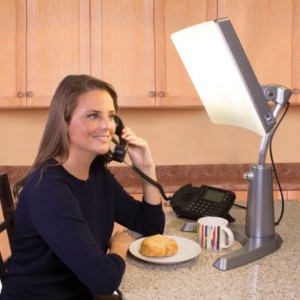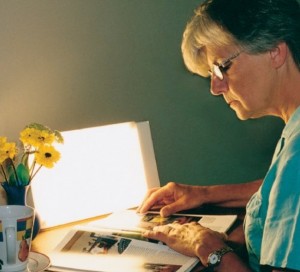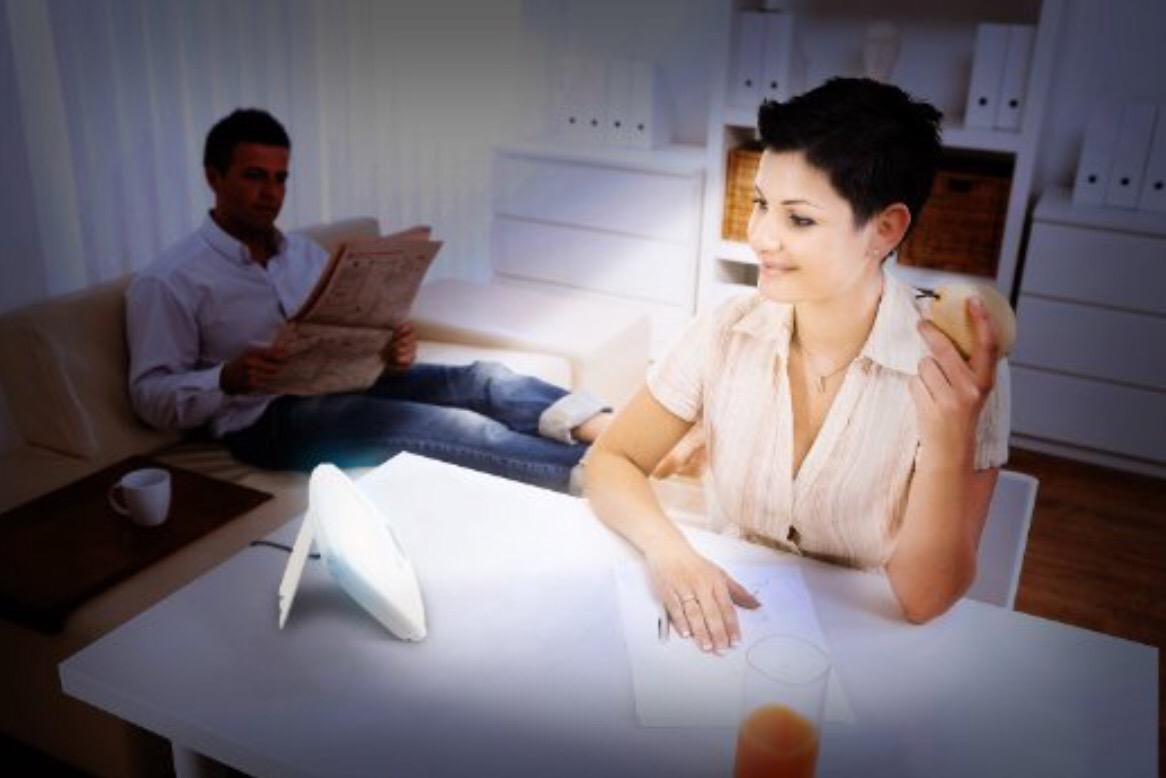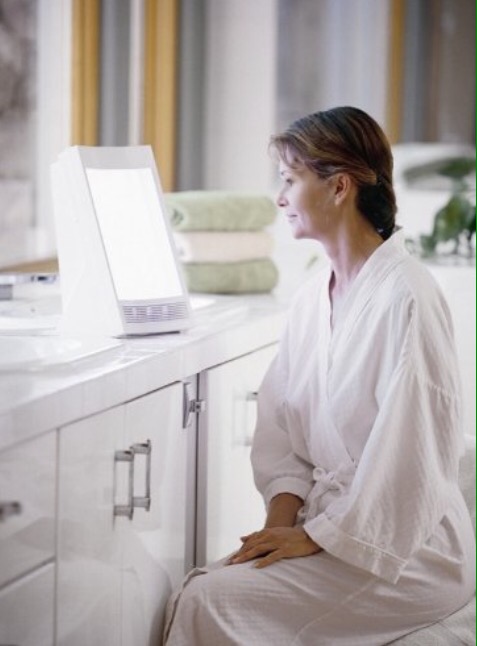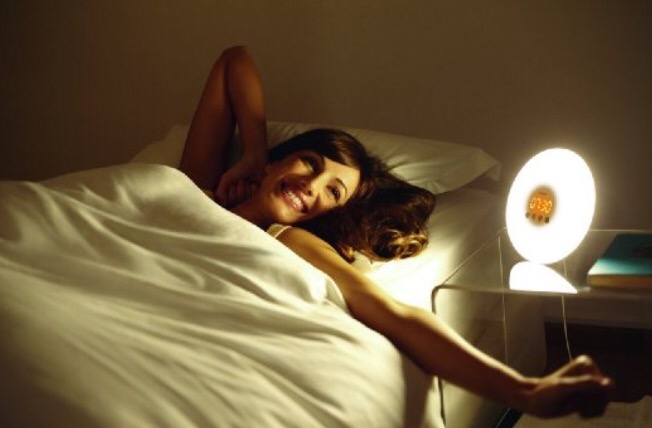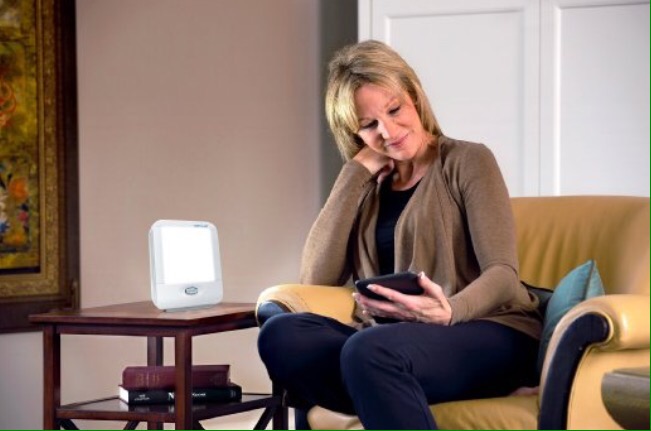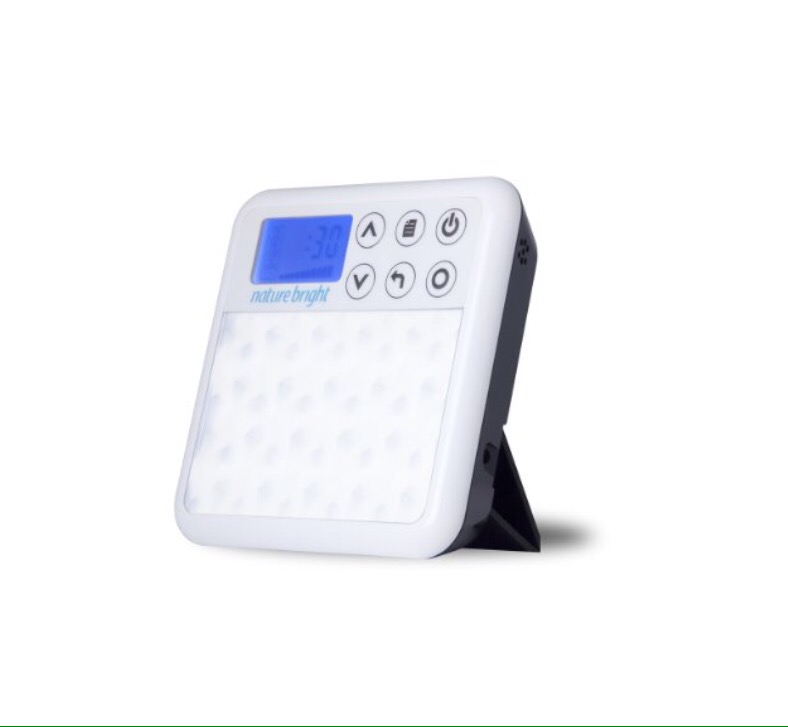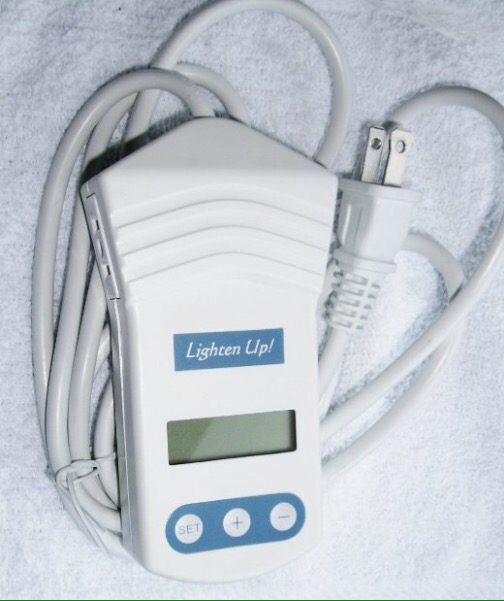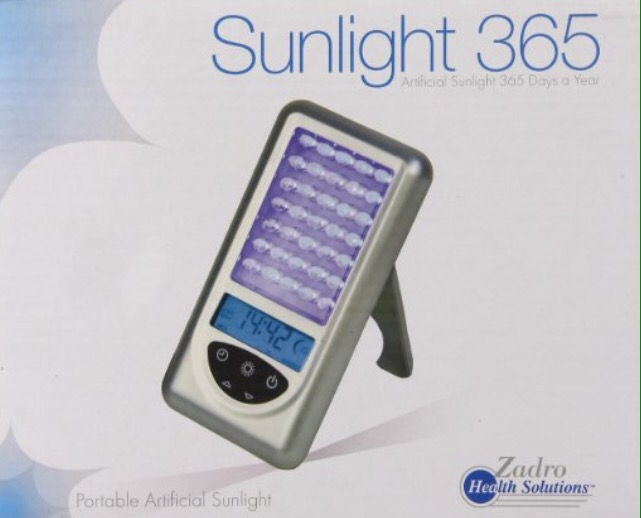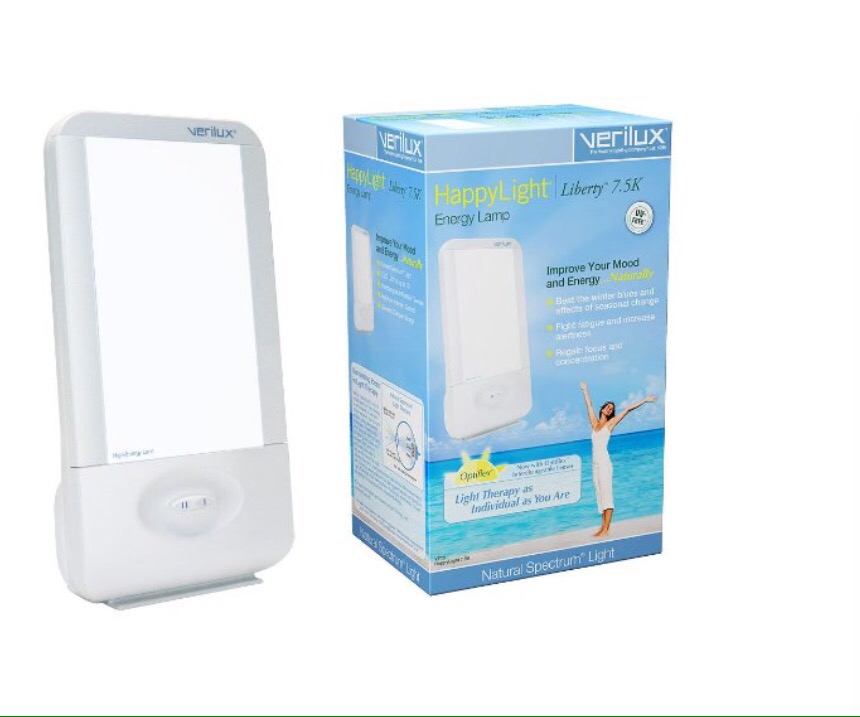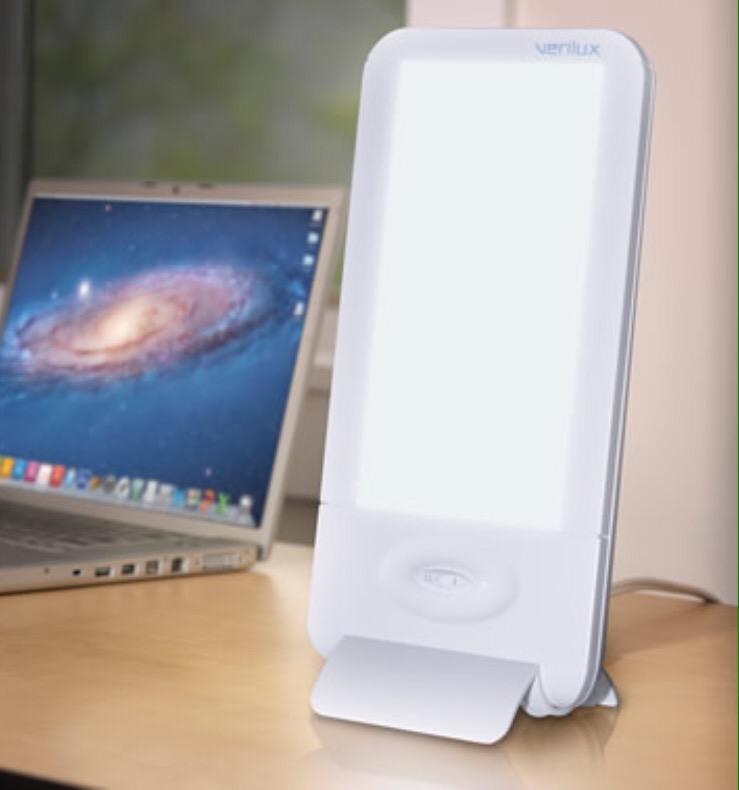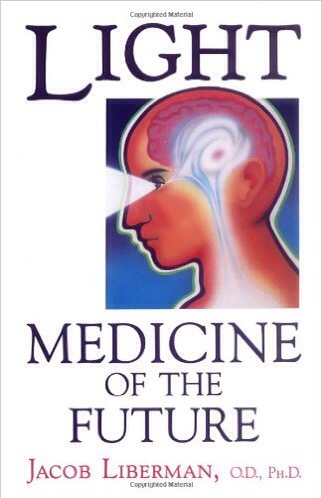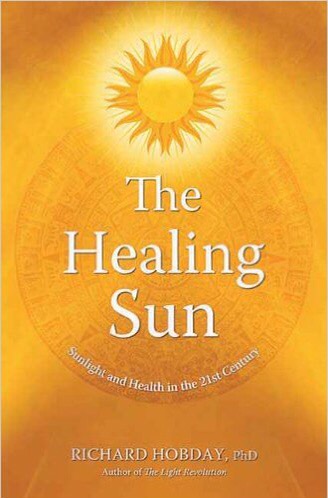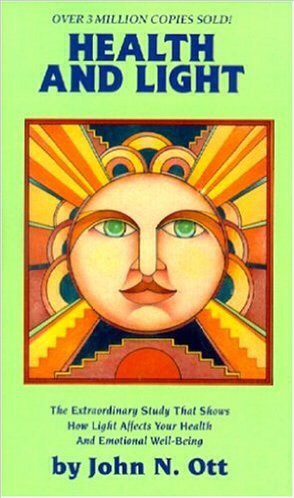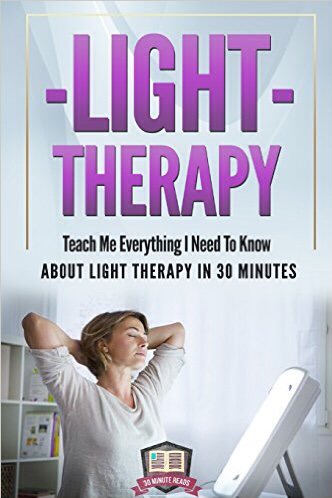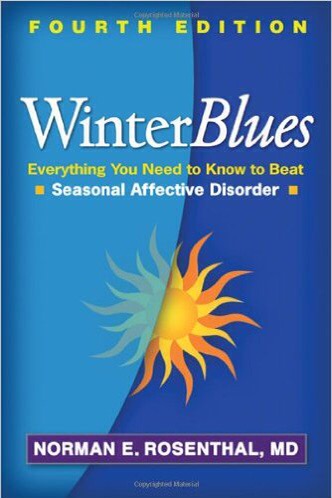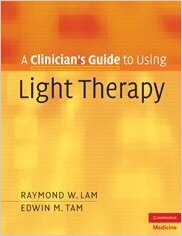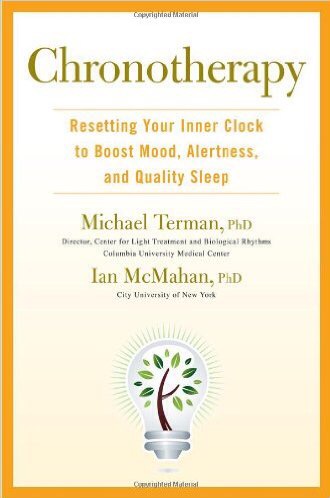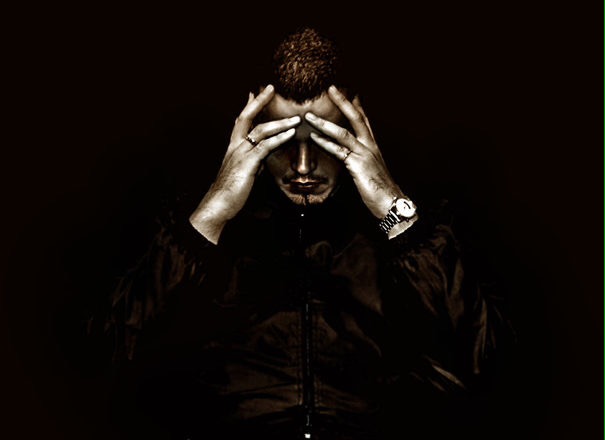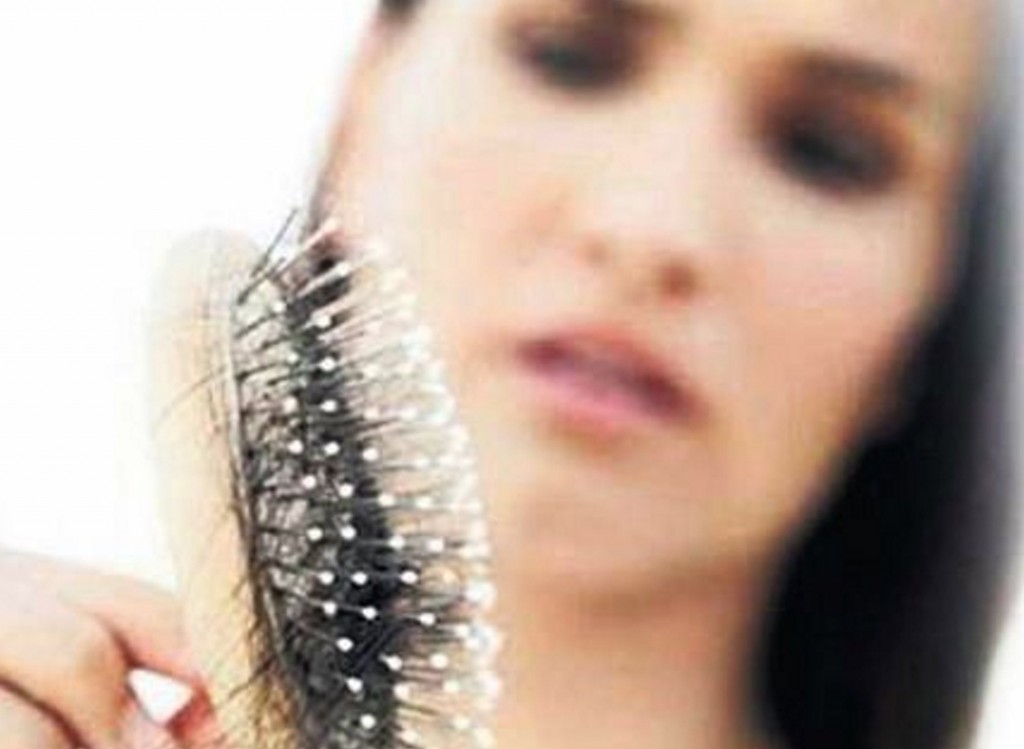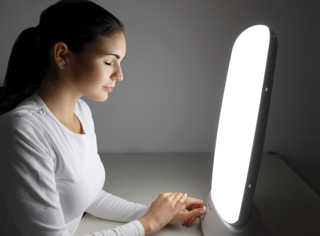In the most recent years, when skin treatments are being discussed, the phrase light therapy is usually going to be thrown around. It may seem silly at first to some people. Light can make me look younger? Light can heal my skin? No more wrinkles? You mean the sun? Oh I have to sit in front of a light? How could that work?!
It works, everyone. It has been proven over and over again! Light therapy is being used to treat not only skin conditions and disorders, but also the inevitable aging process that we all have to go through. You’re still going to grow older, but that doesn’t mean your skin has to look the same as your age! The all natural, chemical free, drug free therapy is breaking headlines everywhere. There are a few different forms of light that work to rejuvenate the skin. Red light therapy, blue light therapy, and a combination of the two are all being used to reduce wrinkles, minimize fine lines, tighten the skin, get rid of cellulite, heal scars, and more. We’re going to break it down for you between you start digging deeper looking at products…
Red Light – Stimulates the production of collagen, which is a protein used to repair damaged tissue and to replace old tissue. This will help treat fine lines and reduce large sized pores.
Blue Light – Kills Prophyrins, which is the acne causing bacteria in the skin’s pores. It also has a calming effective which is great for hypersensitivity.
Green Light – A balance between red and blue light. Balances color pigment, reduces fine lines, adds nutrients to aging skin, speeds up healing process of wounds, and can treat scars.
Light therapy treatments for these conditions can be conducted in a dermatologist’s office or in the comfort of your own home. While the devices doctor’s use are going to be slightly more powerful and you will be supervised throughout the treatment, it often gets extremely expensive to visit a dermatologist each time you want to undergo light therapy treatments. This is why scientists have begun to improve at home skin rejuvenation light therapy treatments. In order to get the best results, it’s important to speak with a doctor first, set a schedule for yourself, and fit the treatment into your routine. The easier it is to fit the treatment into your schedule, the better you will be about making it happen. It’s also important to keep an open mind. Light therapy treatments aren’t going to rejuvenate your skin immediately and keep you that way after just one treatment. Be patient, follow a schedule, and you’ll have the skin you’ve always dreamed of.
Below is a list of the Best Light Therapy Products for Skin Rejuvenation. You can use all of these devices in the comfort of your home, they’re easy to use, and you can follow your own treatment plan. Does it get any better?!

NORLANYA Photon Therapy Facial Salon Skin Care Treatment Machine
Amazon for $264.09
This skin care system is advanced and highly reviewed, making it one of the best options on the market for skin rejuvenation. The NORLANYA Photon Therapy Facial Salon Skin Care Treatment Machine uses red, blue, and yellow lighting to reduce wrinkles, spots, fine lines, reduce inflammation, heal scars, and kill acne. The changeable light panels, which each include about 140 LED bulbs, emit light at different wavelengths. Red is at 630 nanometers, blue is 470 nanometers and yellow is 590 nanometers. The high intensity of this machine allows for cell growth and rejuvenation anywhere on the body with dermatologist level results. The NORLANYA Photon Therapy Machine is foldable, easy to transport, and can be manipulated to effectively treat any part of the body.
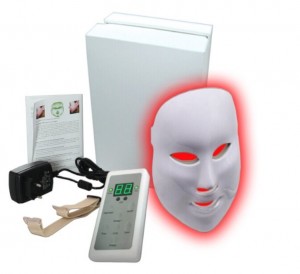
Carer 3 Color LED Mask
Amazon for $142.99
Light Therapy skin rejuvenation masks are a great way to soley focus on the health and cosmetic appearance of your skin. There are a lot of masks for sale but it’s takes doing a little research to find the one that is going to be the most effective. The Carer 3 Color LED Mask ranks pretty high in our books. This skin care mask uses 3 different photon therapy options. Patients can choose to use red, blue, or green LED lighting to help achieve the correct results. The red light emits light at wavelengths between 650 to 730 nanometers. The blue light emits light at wavelengths between 430 to 450 nanometers. The green light, which is a combination of red and blue light, emits light at wavelengths between 525 to 550 nanometers. This company recommends using the mask for at least 20 minutes a day and claims that you will see results in just 4-6 weeks! Worth a shot, right?
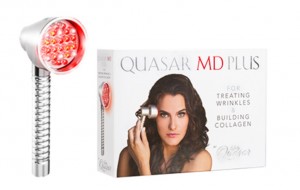
Quasar MD Plus
BabyQuasar for $595.00
Baby Quasar is a highly reviewed light therapy skin care company. They make many products to target skin rejuvenation and acne treatment.Their Quasar MD Plus uses red lighting to help slow the skin’s aging process as well as a few other cosmetic benefits. The Quasar MD Plus is FDA cleared, dermatologist recommended, and has proven positive results for at home treatments. The treatment head is 1.94 inches in diameter and it uses 5mm LEDs. While there is a smaller option for this device, the Baby Quasar Plus, the larger treatment heads allow patients to cover more space, shortening the treatment time. Red light therapy is 100% safe and has no side effects. Plus, the company that makes this device claims this handheld wand to be their best weapon against anti-aging. Time to add it to your shopping cart!


